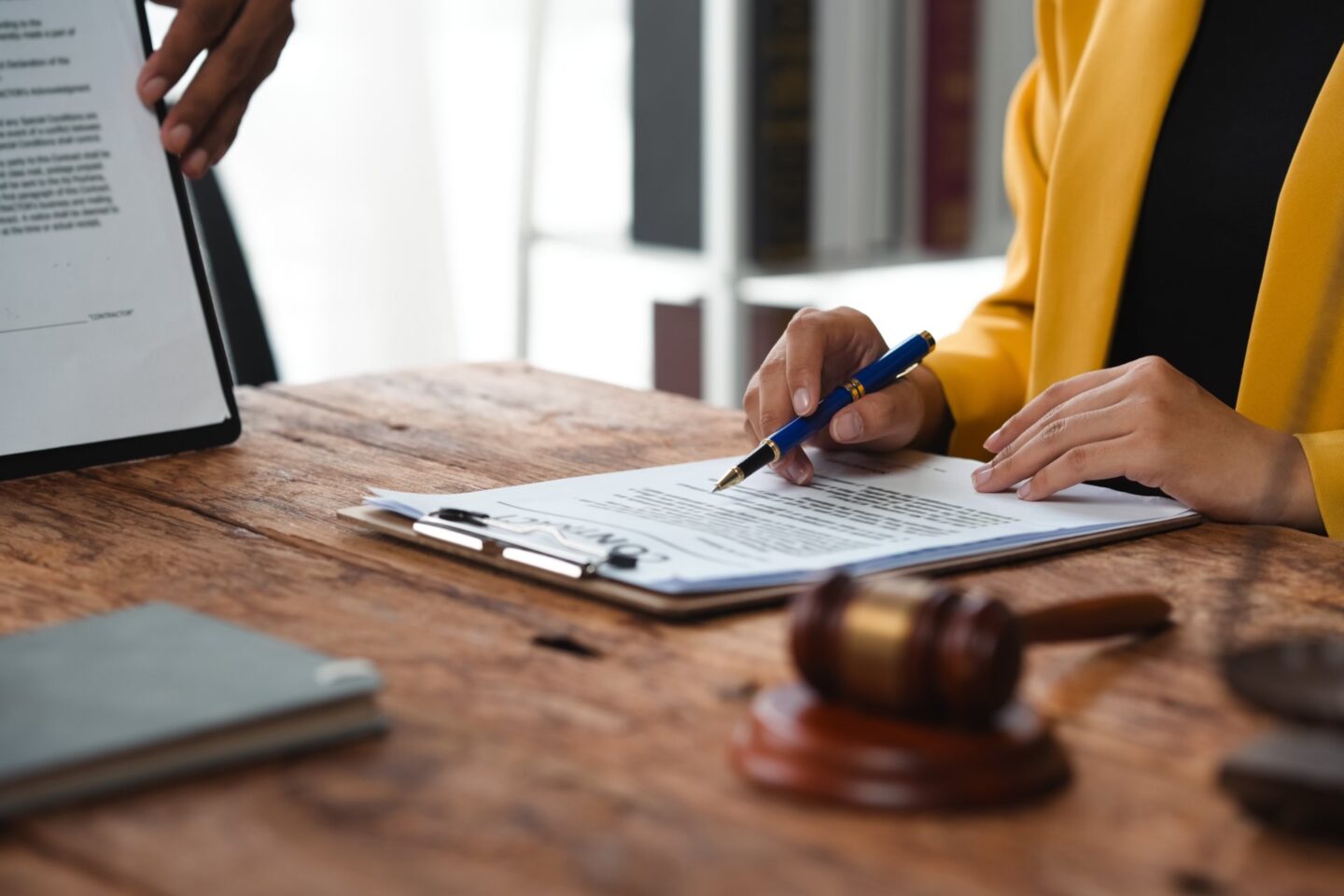When you’ve been injured in an accident, whether it’s a car collision, a slip-and-fall, or any other type of incident, the steps you take afterward can significantly impact your ability to recover compensation. Among those steps, documenting your injuries and damages stands out as one of the most critical. This process ensures that you have the evidence necessary to build a strong personal injury case and recover the full compensation you deserve. Here’s why thorough documentation matters and how to do it effectively.
Establishing the Extent of Your Injuries
In personal injury cases, your medical condition is at the heart of the claim. The severity of your injuries will directly impact the compensation you may receive. To clearly establish the extent of your injuries:
- Take photos of your injuries: Bruises, cuts, and other visible injuries should be photographed as soon as possible and at various stages of healing. This visual evidence can be compelling in demonstrating the impact of the injury.
- Discuss a pain journal with your attorney: While keeping a pain journal can provide valuable insight into your daily experiences with pain, discomfort, and limitations, it’s essential to consult your attorney first. Some cases may benefit from detailed, consistent entries about how the injury has affected your ability to work or enjoy life, but your attorney can advise whether maintaining such a journal is appropriate for your case.
Preserving Key Medical Records
Your medical records serve as the foundation for your injury claim. These records document the diagnosis, treatment, and prognosis of your injuries, as well as the cost of your medical care. It’s essential to:
- Seek medical attention promptly: Even if you feel fine initially, some injuries, like whiplash or internal trauma, may not show symptoms right away.
- Keep all medical records: This includes doctor’s notes, test results, prescriptions, and physical therapy reports.
- Obtain billing statements and invoices: Collect these from healthcare providers to document the financial cost of your treatment.
- Follow through with recommended treatment: If your doctor prescribes follow-up care, physical therapy, or other treatments, attend all appointments and follow their advice consistently. This demonstrates that you are taking your recovery seriously and helps prevent the insurance company from questioning the validity of your injuries.
Understanding the Impact on Daily Life
Accidents can disrupt your ability to perform everyday tasks, and documenting these disruptions strengthens your case:
- Track activities you can’t do: Write down which activities of daily living (ADLs) you can’t manage initially, such as dressing, cooking, or driving. Include household tasks that you’re unable to do or can only perform with significant pain. These details provide a clear picture of how the injury has disrupted your life.
- Talk to your household members: Ask your roommate, spouse, or children to share their observations about how your injuries have affected your ability to function. Their input can help corroborate your own notes and highlight changes you might not have noticed.
Documenting Other Damages
Beyond physical injuries, accidents often lead to financial and emotional damages. Thoroughly documenting these losses can strengthen your case:
- Accident reports: Police reports or incident reports provide an objective account of what happened and may include witness statements and other critical details.
- Receipts for out-of-pocket expenses: Keep receipts for costs such as medical supplies, transportation to and from medical appointments, and home modifications necessitated by your injuries.
- Proof of lost wages: If you’ve missed work, ask your employer for a letter that verifies your lost income and any used sick or vacation time.
- Stay off social media: Avoid posting about your accident, injuries, or recovery process on social media. Insurance companies and opposing parties may scrutinize your posts and use them against you to minimize your claim.
Why Documentation Matters
Insurance companies and opposing parties often attempt to minimize the severity of your injuries or the value of your damages. Comprehensive documentation counters these tactics by:
- Establishing the full extent of your injuries and damages.
- Providing evidence that supports your version of events.
- Strengthening your credibility as a claimant.
- Maximizing your recovery by ensuring no damages are overlooked.
Practical Tips for Staying Organized
Keeping track of all this information can feel overwhelming, but these strategies can help:
- Create a dedicated folder or binder for all accident-related documents.
- Use apps or digital tools to scan and store records, photos, and receipts.
- Stay consistent with your documentation efforts by setting reminders to update your pain journal or track expenses.
- Review your progress with your attorney: Regularly share your documentation to ensure you’re building a strong case.
Conclusion
Thorough documentation is one of the most effective ways to protect your rights and strengthen your personal injury claim. By taking the time to record your injuries, preserve records, and organize evidence, you’re ensuring that your case is as strong as possible. If you have questions about what to document or need assistance with your claim, contact an experienced personal injury attorney who can guide you through the process and advocate for your recovery.
At Scott & Scott, PLLC, we specialize in helping injured individuals secure the compensation they deserve. Don’t hesitate to reach out for a consultation and let us help you navigate this challenging time.
